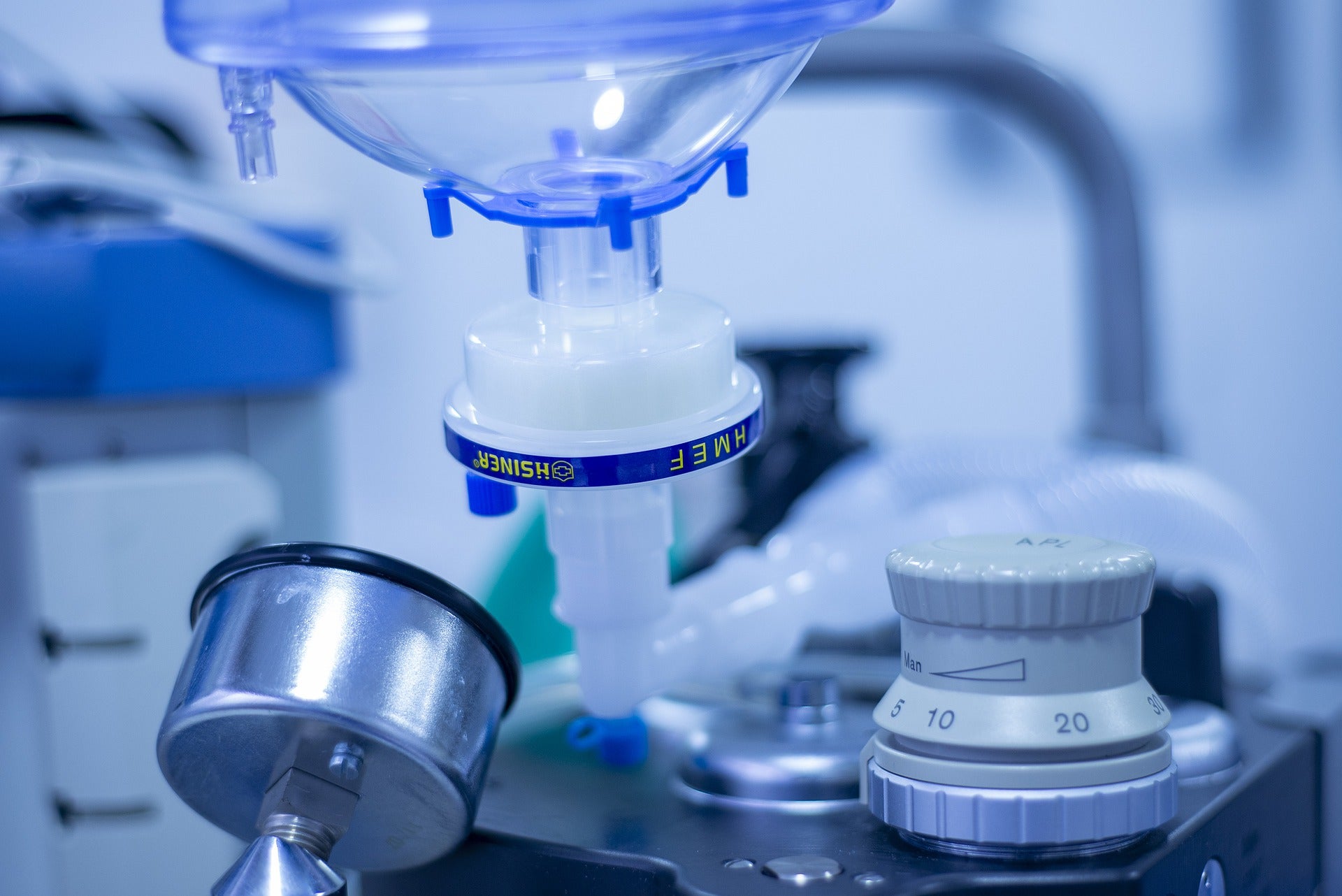
MDoloris Medical Systems has received regulatory clearance and marketing approval of its high frequency variability index monitor, HFVI MOC-9, in Japan.
The technology is claimed to be the first monitoring device developed for patients undergoing anesthesia and analgosedation in the country.

Discover B2B Marketing That Performs
Combine business intelligence and editorial excellence to reach engaged professionals across 36 leading media platforms.
MDoloris developed the solution for integrating into Masimo’s Root patient monitoring and connectivity hub to develop it into a full brain monitoring system.
The hub integrates an array of devices, systems, and technologies to offer multimodal monitoring and connectivity solutions in a clinician-centric platform.
Derived from the Heart Rate Variability, HFVI is a parameter which is similar to Analgesia Nociception Index (ANI) in Europe.
ANI allows healthcare providers to evaluate patients’ parasympathetic activity when undergoing surgical procedure in Japan.

US Tariffs are shifting - will you react or anticipate?
Don’t let policy changes catch you off guard. Stay proactive with real-time data and expert analysis.
By GlobalDataThe company has also announced the upcoming launch of its ANI platform with Heiwa Bussan in Japan.
Heiwa Bussan representative director Shinichi Hasuda said: “We are thrilled to become the exclusive business partner of Mdoloris in Japan. The Japanese clinicians are extremely interested in the innovative and unique technology of Mdoloris which addresses the last unmet need of general anesthesia.
“We expect this technology will bring obvious clinical benefits and cost-effective outcomes. Heiwa Bussan has just become the only Japanese company being able to answer this need in the real world.”
During the surgery and anesthesia, the ANI platform helps clinicians to check the autonomic nervous system and guide them to titrate their analgesics.
This helps in improving shivering scores, postoperative pain, PONV scores and in reducing post-operative opioids use, hospital stays as well as the Montreal scales values.
In April 2019, Mdoloris Medical Systems and Masimo announced the launch of CE marked Mdoloris ANI module for the Masimo Root patient monitoring and connectivity hub.





